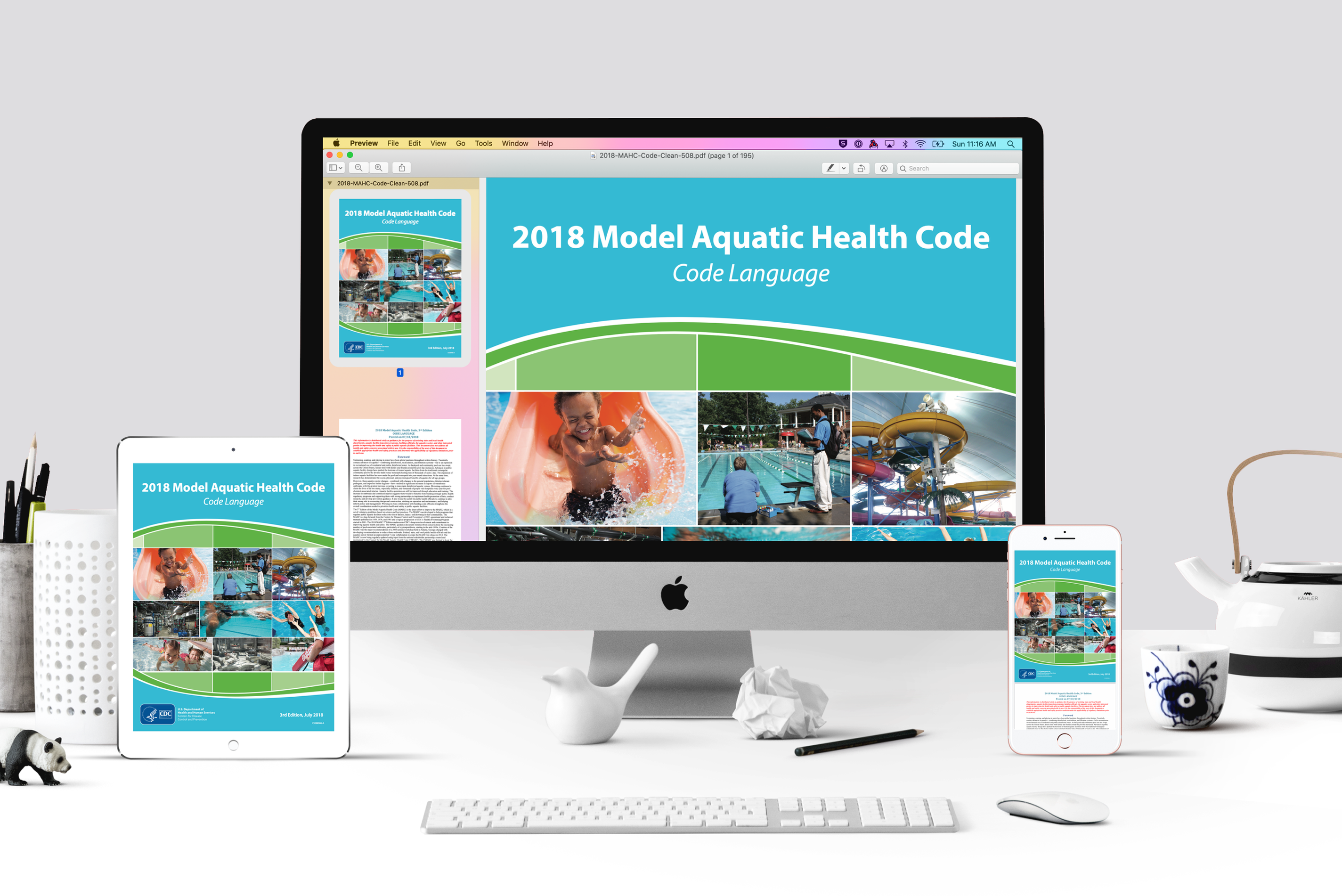Approximately every three years, CMAHC collects, assesses, and relays MAHC Change Request recommendations to CDC via its triennial Vote on the Code conference. During this conference, members gather, debate, and decide on proposed Change Requests to the MAHC.
- MAHC Scope, Principles, and Style Guidance
- The Change Request Submitter
- Caucus Membership & Sector Explanation
- Voting & Weighting
Understand the Update Process
Volunteer Driven
- Technical Review Committee (TRC)
- Technical Support Committees (TSC)
- Ad Hoc Technical Committees
- Standing Committees
Technical Review Committee
Each change request is assigned to a TRC committee member known as a CR Facilitator. This committee member will provide a review of the CR, lead TRC discussion on this CR, and provide their voting recommendation to the TRC for discussion.
The TRC is considered a standing committee. After each review cycle, this committee will be paused and reformed for the next cycle, often with new committee members.
Technical Support Committees
Ad Hoc Committees
Standing Committees
Education Committee
The MAHC Revision Process
- A Change Request is submitted to CMAHC for consideration. Before public posting, CMAHC staff determines if the CR is complete, fits with the scope of the MAHC, and follows the MAHC Style Guide. If necessary, the CR is returned to the submitter for additional information or corrections to conform with the style guide. Approved CRs are posted for public review
- As soon as a CR is posted, Members can comment by clicking on the “Submit Comments” button at the bottom of the specific CR page. The comment will be automatically posted for viewing.
- Submitted CRs are routed to the Technical Review Committee (TRC) which reviews the CRs including the technical/scientific data or other references submitted to support the proposed change. Additionally, the change request is reviewed by one or more Technical Support Committees (TSC) which will provide a review and recommendation to the TRC.
- The first Member Comment Period is held concurrent to CR submissions. This comment period is intended to provide the TRC with information to consider during its scope of work. All TRC meetings are made available to the public where deliberations can be listened to. The public is not invited or allowed to make comments during this time unless specifically requested by the TRC Chair.
- If the CR submitter agrees, the TRC/TSC discussion and review of comments could lead to the revision of the submitted CR for re-posting.
- All final CRs, TRC reviews, and TRC voting recommendations are posted on the CMAHC website. The TRC recommendation is a consensus recommendation unless otherwise specified.
- The Second Comment Period opens once the TRC has completed its initial scope of work and continues until two weeks before the Vote on the Code Conference (VOC). During this round of comments, members can submit comments on the CRs and the TRC recommendations. This round of comments is a mechanism to influence member voting. CRs may not be modified prior to the conference based on the Second comment period.
Vote on the Code Conference
- Caucus groups are formed by CMAHC and exists to allow members to deliberate CRs among similar sectors and decide as a sector how to advise members to vote on any particular change request.
- Key change requests are presented to the conference to facilitate discussion, explain how the TRC came to a voting recommendation, and provide overall transparency to the revision process.
- Members have the opportunity to reflect on the conference discussion, review any new CR edits or voting recommendations, and submit member comments to influence the vote until the vote closes.
- Once the TRC completes its review of a CR, a CR submitter may opt to revise their change request, based on discussions at the VOC. This is the only time a CR may be modified, and it will need to be reviewed again by the TRC for a final voting recommendation.
- 2 weeks after the VOC, voting will open, and membership will recommend if a CR should be approved or denied. Voting will close after 30 days.
Post Voting Period
- Approved CRs are reviewed by the CMAHC Board of Directors. The Board will review all approved CRs and will make final recommendations to CDC. In this role, the Board of Directors acts as a safety mechanism to preserve the integrity of the MAHC, ensure that any given CR is holding to the principle of “evolution not revolution”, and to cross check all CRs for unintended consequences.
- All approved Change Requests are submitted to CDC. Internally, The CDC reviews all change requests through six different CDC Centers and Offices in an approval process that takes approximately two months to complete. It is noted that the CDC is the final decision-making authority on any submitted change request and can reject an approved change request or approve a rejected request.
- This flow chart illustrates the CDC clearance process for each new edition of the MAHC.
- Once the MAHC has cleared all centers and offices within the CDC, the next edition of the MAHC is posted by CDC.
